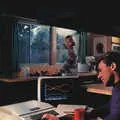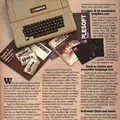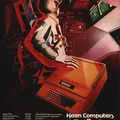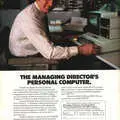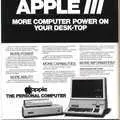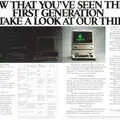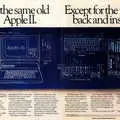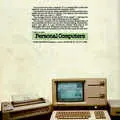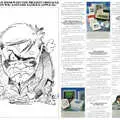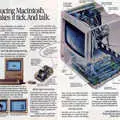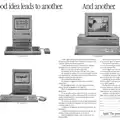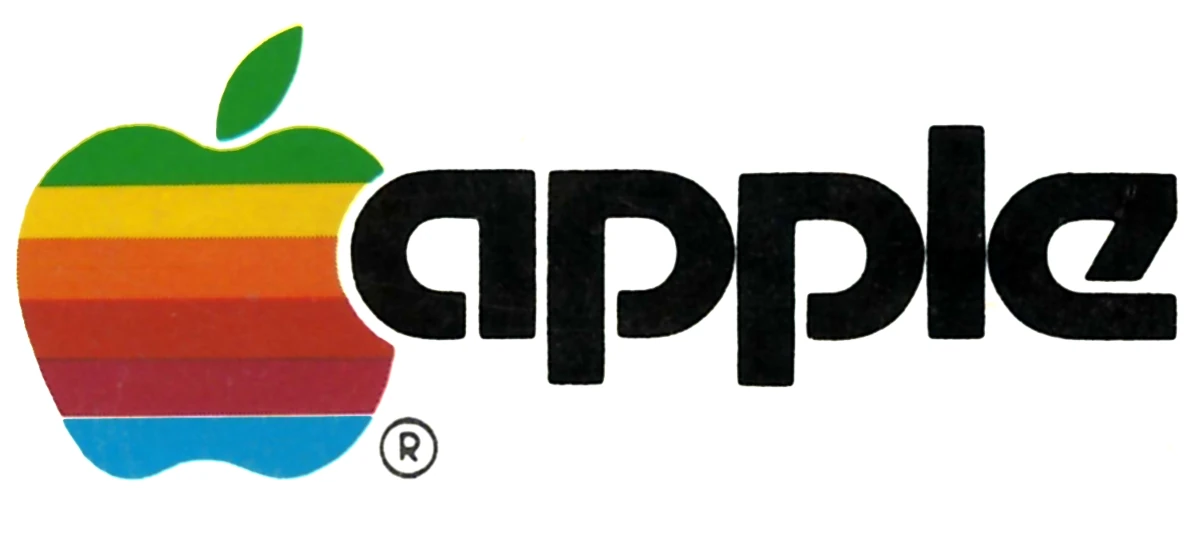
Apple Advert - July 1987
From Personal Computer World
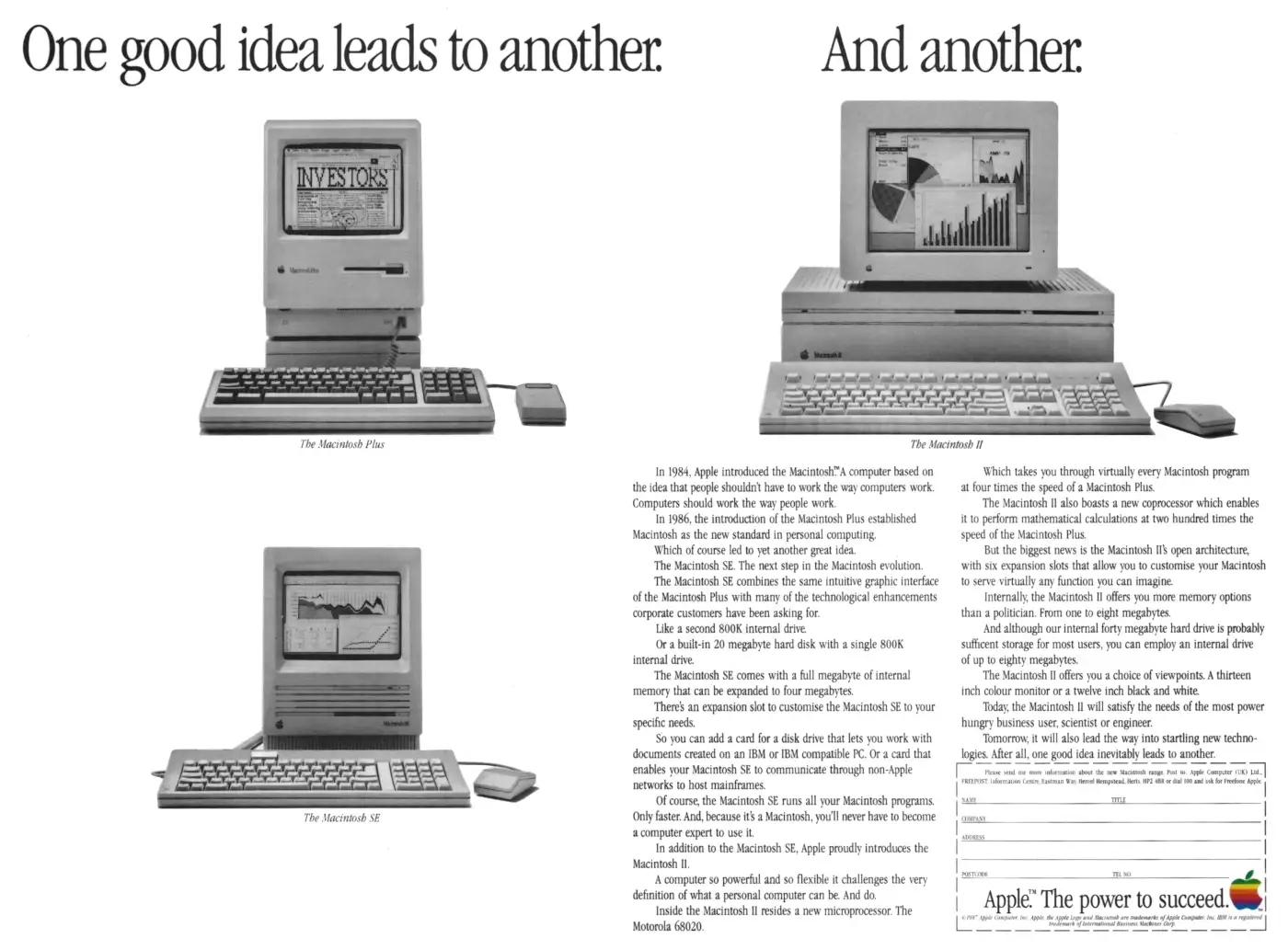
One good idea leads to another. And another.
Here's an advert from Apple that nicely shows the updates made to the original Macintosh, launched in 1984, up to the latest - the Macintosh II.
After the original Mac had been launched by the famous Superbowl advert, it was almost immediately found to be slow, thanks to its limited memory and disk space, and by 1985 there were already plans for a "fast Macintosh".
These were temporarily shelved in the summer of 1985 because of personnel changes - Steve Jobs in particular was struggling with John Sculley, the man he had hired from PepsiCo, who was effectively forcing Jobs to take a back seat.
At the end of 1985, Apple released its first update to the Mac in the form of the Macintosh Plus, said by Personal Computer World to be "a gesture of acceptance of the criticisms of the original Mac - primarily insufficient memory and disk space, and slow disk drive".
The Plus kept the same case design as the original Mac, whilst the keyboard had been extended to include a numeric keypad. Internally, there were more changes, including four RAM slots with up to 4MB in total, and an updated 128K ROM - known as Mr. T, which replaced the two previous 32K Laurel and Hardy chips.
In a review of the new machine in February 1986's Personal Computer World, Nick Walker concluded of the updated Mac:
"When the original Macintosh was launched I was impressed - very impressed. After realising that one wasn't going to appear on my desk for a while, I found sufficient grumbles to enable me to continue happy use of the big, fat and ugly IBM PC that currently occupies most of my desk. Now, due to the Macintosh Plus, all those criticisms have gone, and I seriously doubt that I'll be satisfied with the PC even when it's trying hard to behave like a Mac. Some people may be disappointed that it's not the colour, slotted Macintosh they expected. To them I say sit down with a Mac Plus and see how it has matured."[1]
The remaining two Macs in the advert - the Macintosh SE and the Macintosh II - were both introduced at the same time. The SE - for System Expension - became the first "compact" Mac to offer an internal hard disk, an internal expansion slot and a cooling fan.
The Macintosh II, meanwhile, became the first Mac to offer colour, whilst internally it also had a CPU upgrade in the form of Motorola's 68020 - the first true 32-bit chip of the family that also appeared in the Atari ST and Commodore Amiga.
The Mac II also returned somewhat to the old days of the 1977 Apple II in that it offered six expansion slots, as well as requiring a separate monitor and keyboard.
This return to "open architecture" was possible because Jobs had left Apple in 1985, and it was he who insisted that the original Macintosh should be "a silent, closed, appliance-like machine whose inner circuitry would be forever inaccessible to the customer"[2].
It was also Jobs' departure that paved the way for cooling fans to appear. He had a well-known dislike of their noise and wouldn't permit them to be added to the Mac or the Apple III, even though they would have helped to increase the lifespan and reliability of the machines.
Shortly after Job's resignation in September 1985, Apple sued its former exec, claiming that he was "secretly scheming" to use Apple's research, and former employees, for his new venture.
There was some merit in the staff poaching concern at least, as Jobs had taken five employees with him on leaving - including senior Macintosh engineer Richard Page, and had then hired six more with a few weeks.
The suit was eventually resolved with an out-of-court settlement reached in the early spring of 1986.
The terms of the agreement prevented Jobs from marketing any Next computers until July 1987, which seemed to suit Next as it wasn't expecting to ship until late 1987 anyway.
It also gave Apple rights to inspect any new machines in order to check whether they used any Apple technology of violated any Apple patents.
This inspection right was restricted to only 30 days, a short limitation which was considered by experts in the field as a real coup for Jobs, as disputes over trade secrets could often drag on for months or years. Jobs apparent said of the agreement that:
"We're quite happy to comply because that's what we were going to do all along[3]".
Surisingly, given Apple's history of litigation with companies attempting to clone either its machines or even its "look and feel", other companies were still having a go as late as 1993.
One such company was Nutek, which announced a "hybrid" machine called the Duet in May 1993 which could run Apple and PC software, as well as a Macintosh motherboard aimed at OEMs.
The Duet, based on a Motorola 68030 and priced at $2,996 - about £5,170 in 2025 - could apparently run Mac software at the speed of a Macintosh IIvx.
It even shipped with two of Apple's proprietary NuBus expansion sockets, as well as two ISA slots for PC cards.
The company was hoping to dodge Apple's well-funded legal team by relying on the fact that it had developed its own Mac-compatible ROMs using "information in the public domain".
It was also using the Open Software Foundation's Motif Unix-based windowing system instead of Apple's own Mac GUI[4].
Date created: 10 September 2024
Last updated: 13 December 2025
Hint: use left and right cursor keys to navigate between adverts.
Sources
Text and otherwise-uncredited photos © nosher.net 2025. Dollar/GBP conversions, where used, assume $1.50 to £1. "Now" prices are calculated dynamically using average RPI per year.
